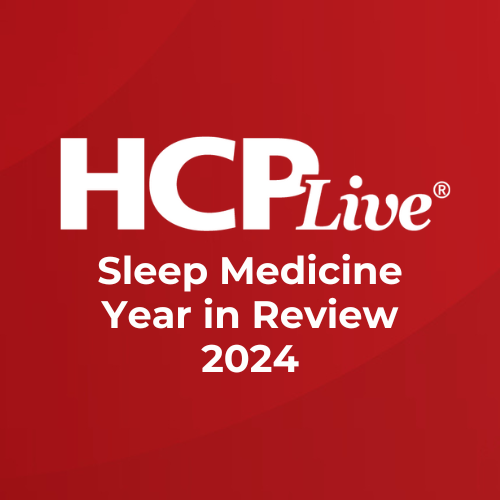Article
FDA Approves New Cataplexy and Daytime Sleepiness Treatment for Narcolepsy
Author(s):
The approval represents the second approved treatment of the conditions associated with narcolepsy patients at least 7 years old.

The US Food and Drug Administration (FDA) has approved Xywav (calcium, magnesium, potassium, and sodium oxybates) oral solution for the treatment of cataplexy and excessive daytime sleepiness (EDS) in patients at least 7 years old with narcolepsy.
The oxybate drug, developed by Jazz Pharmaceuticals, is a composition of cations that result in 92% less sodium or approximately 1000-1500 mg per night less sodium than sodium oxybate at the recommended dosage of 6-9 grams.
The approval is based on a phase 3 double-blind, placebo-controlled, randomized-withdrawal, multicenter that showed the efficacy and safety of the treatment of 201 patients.
Xywav showed statistically significant differences (P <0.0001) in weekly number of cataplexy attacks and Epworth Sleepiness Scale scores compared to placebo.
Multiple dosing options are available for both adult and pediatric patients and prescribers can titrate Xywav into unequal doses over the course of a night.
When patients start the new treatment following sodium oxybate, Xywav treatment is initiated at the same dose and regimen as sodium oxybate and titrated as needed based on efficacy and tolerability.
The company also announced plans to launch the drug by the end of 2020 following the implementation of a Risk Evaluation and Mitigation Strategy (REMS).
“Based on the efficacy demonstrated in the clinical program, the approval of Xywav is important for people living with cataplexy or EDS associated with narcolepsy,” Richard K. Bogan, MD, FCCP, FAASM, associate clinical professor at the University of South Carolina School of Medicine, said in a statement. “This may help patients taking sodium oxybate better align with daily sodium intake recommendations including those by the American Heart Association.”
Sodium oxybate comes with warnings about high sodium content, but is the only previously approved treatment for both cataplexy and EDS in patients with narcolepsy.
Xywav has a Boxed Warning as a central nervous system (CNS) depressant, and for its potential for abuse and misuse. Due to the risks of CNS depression and abuse and misuse, Xywav is available only through a restricted program under a REMS called the Xywav and Xyrem REMS Program.
The most common adverse reactions were headache, nausea, dizziness, decreased appetite, parasomnia, diarrhea, hyperhidrosis, anxiety, and vomiting.





